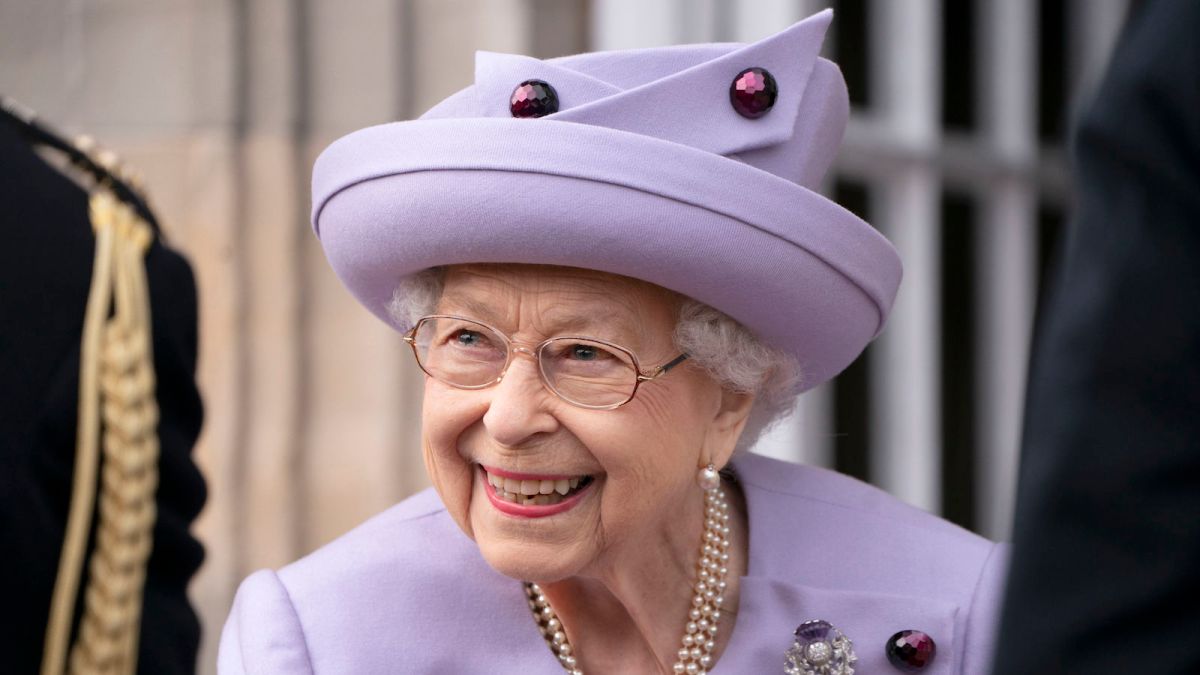Her royal highness, Queen Elizabeth II, had a long and storied reign. First ascending to the throne on February 6th, 1952, Queen Elizabeth II witnessed many massive historical events. And she has also played a key role in several of them.
Here are some of the most important events that Queen Elizabeth saw during her reign as the Queen of England.
1997 – End of the British Empire
While many historians debate the exact date the Empire ended, many argue that the end of British rule in Hong Kong is the true end of the Empire. Marking a massive shift in Britain’s foreign policy and a chance to break away from its colonialist history, the end of the Empire changed global politics forever.
1967 – First Handheld Pocket Calculator is invented
While it may seem strange today, the handheld pocket calculator was a massive technological innovation. It revolutionized many industries, and it laid the foundation for the computer tech we know today. Created by Texas Instruments, this pocket calculator, dubbed the Cal-Tech, was a gigantic step forward for personal technology.
August 13th, 1961 – Erection of the Berlin Wall
It is hard to understate how quickly the world changed at the start of the post-war period. And nothing made this more evident than the erection of the Berlin Wall. Erected down the center of Germany, splitting it into two countries, East and West, this wall was a visual symbol of the political conflict that would dominate the next century as the Cold War began.
November 9th, 1989 – Fall of the Berlin Wall
Queen Elizabeth II was around for the wall’s erection. But she was also on the throne when the wall fell. On November 9th, 1989, crowds of people assembled at the wall and started to tear it down, marking the slow move toward reconciliation for Germany and the beginning of the end of the USSR.
November 1st, 1993 – Formation of the EU
Today, the European Union is one of the most powerful forces in global politics, containing 27 different countries. Marking a new era of cooperation in the region, the European Union was first formed in 1993 with the signing of the Maastricht Treaty.
February 11th, 1990 – Nelson Mandela released from prison
Nelson Mandela is an iconic figure in world history. Fighting against South Africa’s apartheid system, Mandela was sentenced to life imprisonment in June 1964. His plight became globally famous, with many demanding that he be released from prison. And when F.W. de Klerk became the president of South Africa and began dismantling apartheid, he demanded Mandela’s release.
1989 – The creation of the World Wide Web
It is strange to think of it today, but there was a time when the internet simply didn’t exist. In fact, it is easy to argue that the internet was the biggest breakthrough of the last 100 years. And it all started in 1989 when Tim Berners-Lee submitted his proposal for a computer protocol that would allow scientists to communicate over long distances.
November 22nd, 1963 – Assassination of President John F. Kennedy
A massive moment in American politics was the assassination of then-president John F. Kennedy while he rode in a motorcade in Dallas, Texas. This moment shocked the world and remains one of the most famous moments in American history, and is seen by many to mark the end of an era in American politics.
July 21st, 1969 – Man walks on the Moon
Many thought the idea was impossible. Many said a man would never set foot on the moon. But Neil Armstrong, Michael Collins, and Buzz Aldrin proved them wrong when they took part in the Apollo 11 mission. One of the most iconic images in modern history and one of man’s grandest scientific achievements, the moon mission united the world, and it still remains one of the most famous moments in history.
April 26th, 1986 – Chernobyl disaster
One of the most horrific disasters in history, the meltdown of the Chernobyl Nuclear Plant has left a permanent mark on history and the public’s consciousness. Triggered by an unforeseen power surge, this disaster left the area surrounding the plant totally uninhabitable, and even today, the region is still highly radioactive.
1964 – Passing of the Civil Rights Act
One of the largest moments in American history, the Civil Rights Act outlawed discrimination based on race, color, religion, and sex, while desegregating schools and other public facilities, making this one of the biggest pieces of legislation in American history and marking a major turning point in American governance.
Meeting heads of state
Over her reign, Queen Elizabeth II has seen many heads of state come and go. During her reign, England has had 15 Prime Ministers. The first was Winston Churchill, and mere days ago, Queen Elizabeth II officially met with Liz Truss, making her England’s newest Prime Minister and the 15th Prime Minister the Queen has received.
And she has met with 13 American presidents, starting with President Harry Truman and stretching to today with President Joe Biden. President Lyndon Johnson stands out for being the only sitting American president to not meet with Queen Elizabeth during his tenure.
Her reign also encompasses seven different Popes, from Pope Pius XII to the current Pope Francis.

